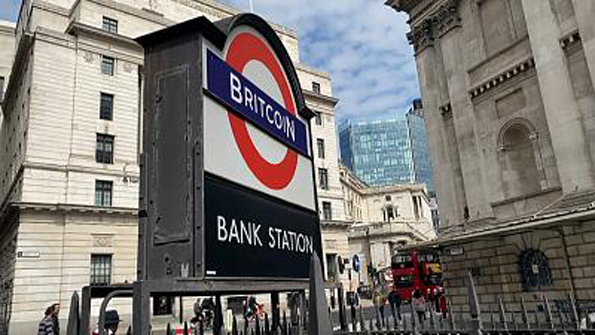Talk about a possible digital version of the euro over the next two to four years have raised discussions throughout the industry, with one expert suggesting this could greatly liberalise the market in terms of lessening barriers for market entry and present more opportunities for accelerating growth.
“With the ever-increasing digitalisation transforming the modern world, the European Central Bank (ECB) has raised the idea of launching a digital euro, which would assume an electronic form of currency accessible to citizens and companies alike,” according to Marius Galdikas, CEO at ConnectPay, the online banking service provider for internet-based companies.
He explained that the ECB has been weighing the pros and cons of the digital version of the euro for a while now.
Galdikas said the idea is based on an insight that while there is an array of choices for retail payments, e.g. cash or payment cards, the market lacks a unifying digital currency, which could facilitate daily transactions, would be easy to use, and provide cost-free access to a reliable means of payment accepted throughout the entire eurozone.
“At the moment, digital euro seems to be bringing a plethora of benefits to the table, without waiving the inherent properties of cash,” he said.
“It appeals to the consumers’ need to go cashless, largely influenced by the coronavirus situation, and gives them more choices about how to pay. By no means will it replace actual banknotes — the ECB emphasised this as well — but rather present a supplementary-to-cash solution that corresponds with the rapid levels of digitalisation. It could contribute to a stronger Eurozone’s stance in the global payments market, too.”
While the digital euro offers quite a few benefits for the everyday consumer, it could be a game-changer for the fintech sector as well.
According to Galdikas, having a digitalised version of the currency could potentially eliminate the need for middlemen. This would result in fewer barriers for new ventures to enter the market.
“In order to gain access to the Eurozone, first it is necessary to acquire a credit institution license. Only then can it join TARGET2 – Eurozone’s settlement system, which processes large-value euro payments in real-time. However, such licenses are usually issued to FIs that focus on collecting deposits or lending credit.”
“Consequently, it is much harder for up-and-coming fintechs to acquire the same licenses, as they have a more innovation-driven approach, hence, want to offer novel products,” continued Galdikas.
“This leads to dealing with a fair amount of intricacies in order to ensure all-round compliance in the banking sector. Digital euro could restructure the current chain of authority and shape it to be more strategic, streamlining bureaucratic procedures and leaving fewer hoops to jump through.”
Inevitably, this would prep the industry to be more welcoming towards greater innovation, as fewer barriers would pave the way for new fintechs, looking to present novel solutions, Galdikas concluded.
Currently, the idea of the digital euro launch is in the analysis stage. Over the next six months, the Frankfurt institution will be carrying out a series of experiments exploring risks and operational challenges, as well as undergoing a three-month public consultation, launched in mid-October, with the digital euro launch is expected some time over the next 2 to 4 years.










